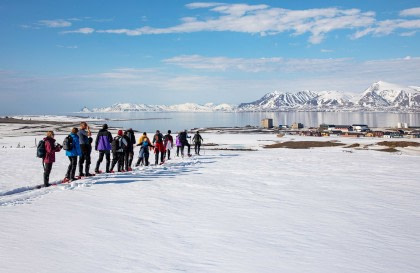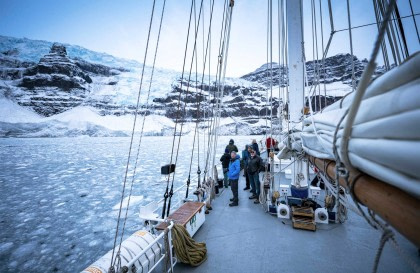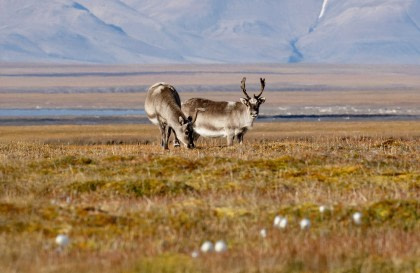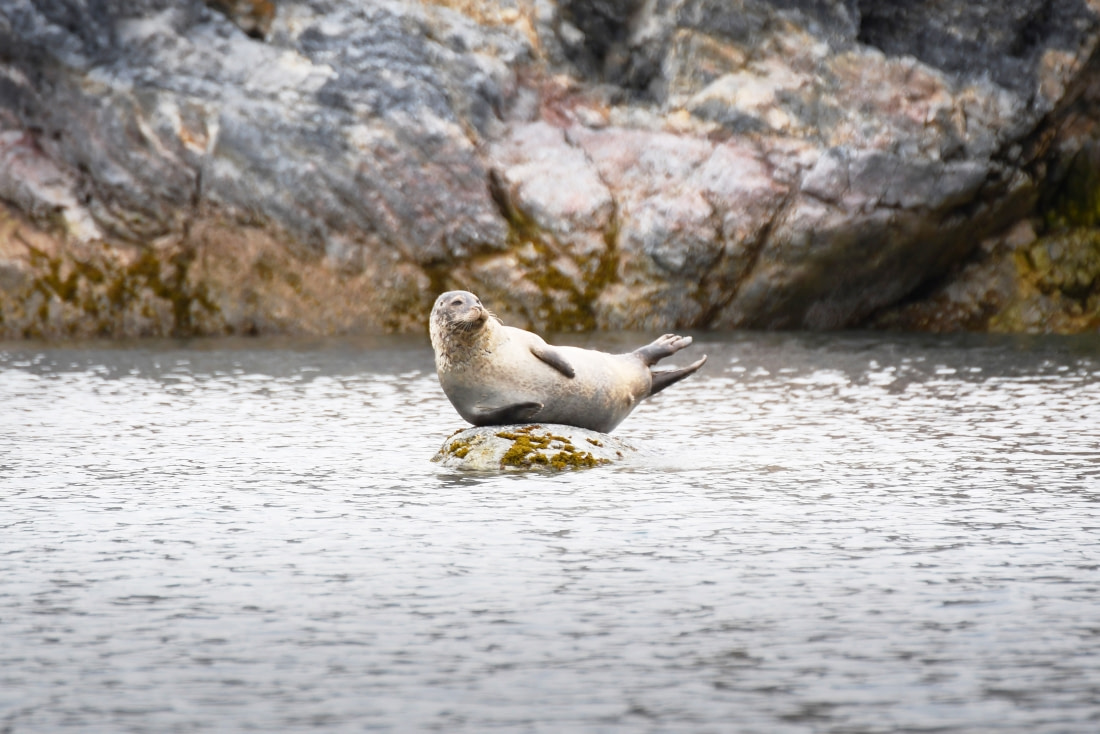Name: Harbor or harbour seal, common seal (Phoca vitulina)
Length: 1.85 meters (6.1 feet)
Weight: 130 kg (286 pounds)
Location: Pacific, Atlantic, Baltic, and North Sea coastal waters
Conservation status: Least concern
Diet: Fish and occasionally shrimp, squid, crab, and mollusks
Appearance: Brownish black, tan, or gray, mottled, short flippers, round head
How do harbor seals hunt?
Though harbor seals like to rest in familiar sites, they might spend days at sea in search of food. They travel up to 50 km (30 miles) for this, even swimming up freshwater rivers. Harbor often gather in bays, harbors, bays, estuaries, and sandy intertidal zones in pursuit of salmon, anchovy, menhaden, sea bass, and other fish. Sometimes they also eat crabs, shrimp, squid, and mollusks. Harbor seals are mostly coastal, thought they have been recorded diving to depths of over 500 meters (1,640 feet). They have also been known to attack and eat several species of duck.
Do harbor seals socialize?
Adult harbor seals tend to be solitary, unlike most pinnipeds, rarely interacting other than to mate.
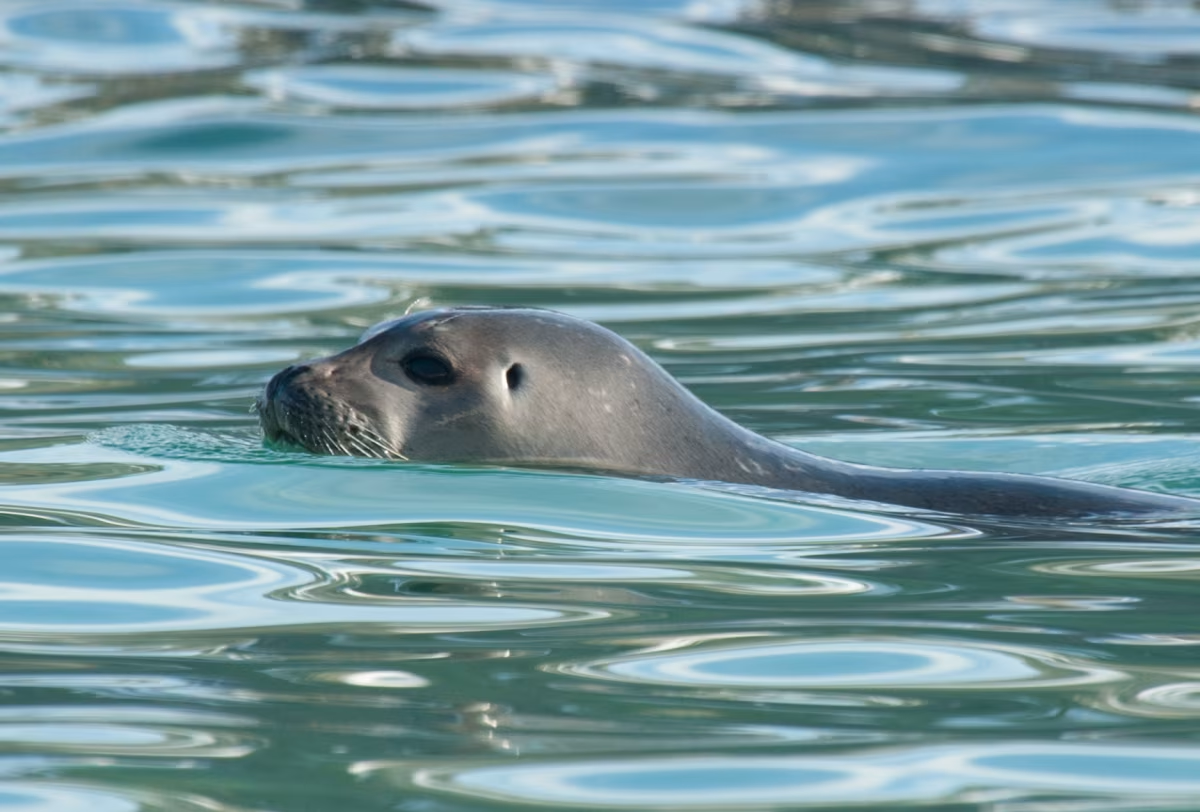
How fast are harbor seals?
Harbor seals can swim up to about 19 kph (12 mph), usually when fleeing predators. They cruise at lower speeds, and their land speeds are of course significantly less.
What are harbor seal mating rituals like?
Harbor seal mating rituals are not clearly known, though researchers have observed that adult males do gather underwater, turn on their backs, put their heads together, and send out vocal signals to attract females. Harbor seals are thought to be polygamous. Females reach sexual maturity around 3.72 years on average, give birth once a year, and gestate about nine months. Harbor seals court and mate underwater, though pups are birthed on shore from February to July, depending on the latitude. Single pups are able to swim and dive within hours.
How long do harbor seals live?
Females harbor seals live up to about 36 years, males up to about 31.
How many harbor seals are there today?
As of 2009, there are an estimated 350,000 – 500,000 harbor seals in the world.
Do harbor seals have any predators?
Apart from humans, harbor seal are usually predated upon by orcas, bears, sharks, coyotes, large birds, foxes, and Steller sea lions.
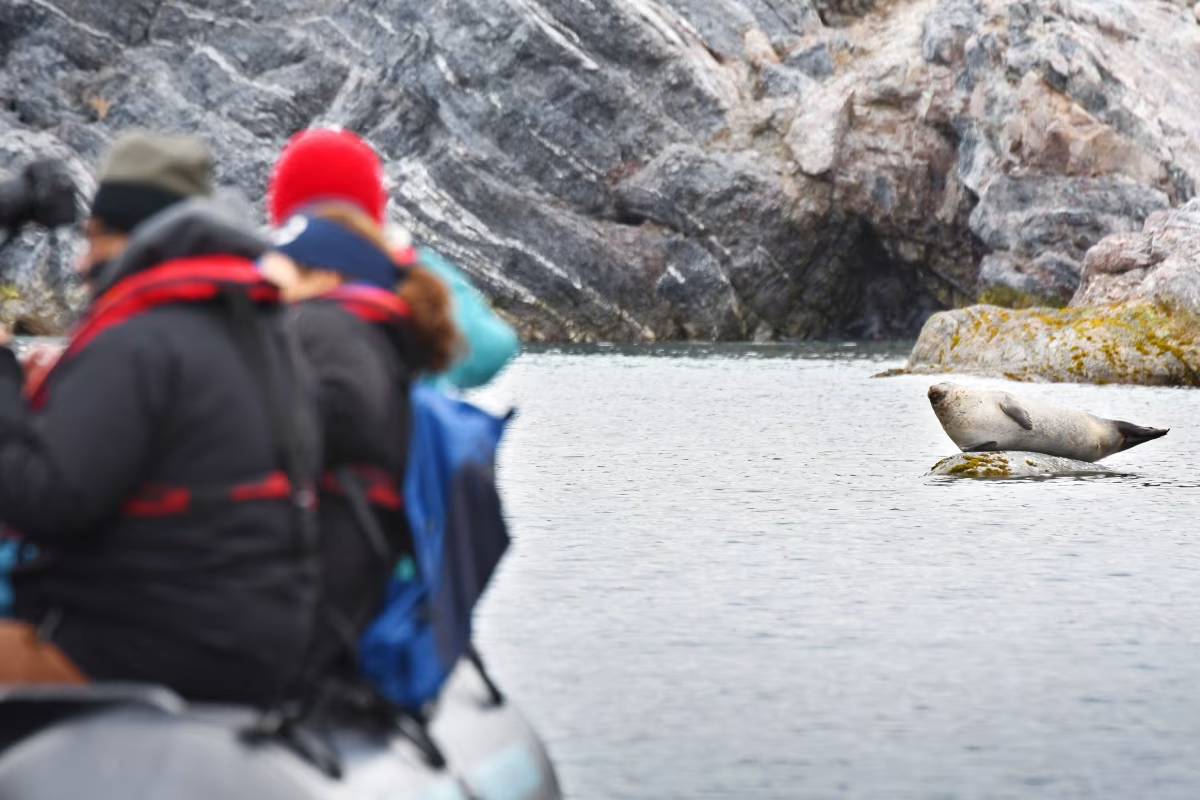
Do harbor seals attack people?
Yes, harbor seals, like many other seals, have been known to attack people.
7 highlighting harbor seal facts
- Like other seals, harbor seals share ancestry with dogs and bears
- Certain harbor seal habitats are threatened, though there overall populations are high
- Harbor seals are easily identified by their dog-like faces and spotted coloring
- The Latin name Phoca vitulina means “calf-like seal”
- Males harbor seals sometimes fight over mates on land and underwater
- Harbor seal pups grow quickly and are weaned after four to six weeks
- Blubber under harbor seal skin allows them to maintain a healthy body temperature



